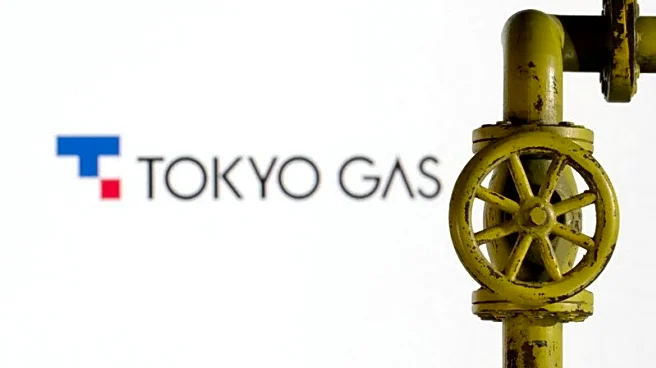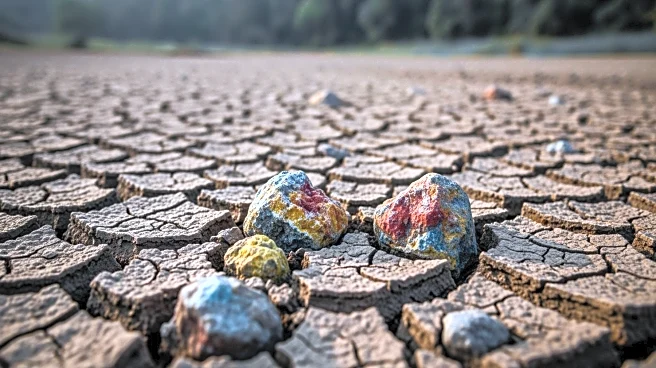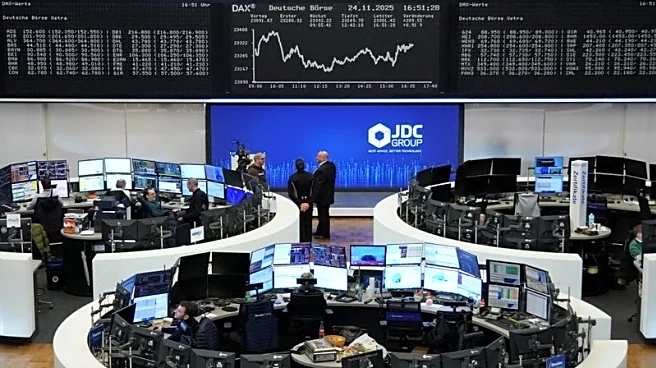What's Happening?
The Mekong River, a vital waterway supporting approximately 70 million people across Southeast Asia, is facing severe environmental threats due to the global demand for rare earth minerals. These minerals are crucial
for various industries, including electronics and clean energy. However, the extraction process is causing toxic pollution, with unregulated mining activities releasing dangerous pollutants like cyanide, mercury, and arsenic into the river system. This pollution is impacting local communities who rely on the river for food, water, and agriculture, leading to health risks and economic challenges. The Stimson Center has mapped over 2,400 sites of unregulated mining across Southeast Asia, highlighting the environmental impact and potential ecosystem collapse if the situation continues unchecked.
Why It's Important?
The environmental degradation of the Mekong River due to rare earth mining has significant implications for global food production and local economies. The river is a major source of rice, fish, and shrimp exports, including to the United States. The pollution threatens the livelihoods of subsistence farmers and communities dependent on the river, potentially leading to food insecurity and economic instability. Moreover, the geopolitical competition for rare earths, primarily between the United States and China, underscores the urgency of addressing these environmental issues. The situation highlights the need for sustainable mining practices and international cooperation to protect vital ecosystems while meeting global mineral demands.
What's Next?
Efforts to mitigate the environmental impact of rare earth mining in Southeast Asia are crucial. Researchers and environmental groups are advocating for urgent testing of rivers and floodplains to assess the extent of pollution and protect affected communities. International collaboration and stricter regulations on mining practices are necessary to prevent further ecological damage. Additionally, the United States has signed agreements with Southeast Asian countries to diversify its rare earth imports, potentially influencing mining practices in the region. The focus on sustainable and ethical mining could drive policy changes and technological innovations to reduce environmental harm.
Beyond the Headlines
The ethical and environmental challenges posed by rare earth mining in Southeast Asia reflect broader issues in global supply chains. As demand for these minerals increases, the pressure on developing regions to meet this demand often leads to exploitation and environmental degradation. The situation in the Mekong River serves as a cautionary tale for the global community, emphasizing the need for responsible sourcing and investment in cleaner technologies. The intersection of environmental sustainability and economic growth is a critical area for future policy development, with implications for international trade and environmental justice.














